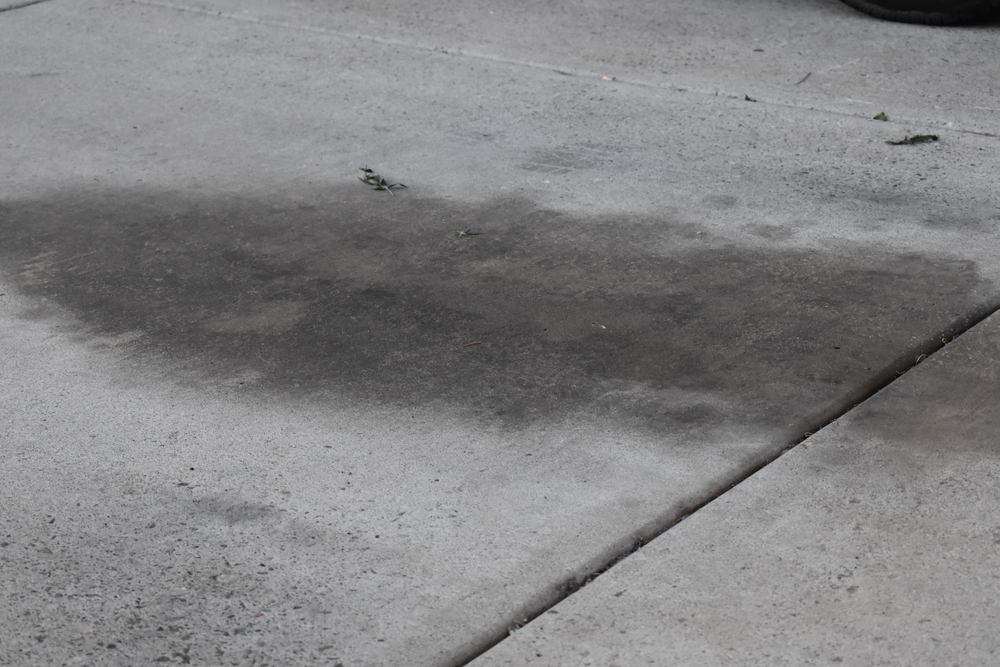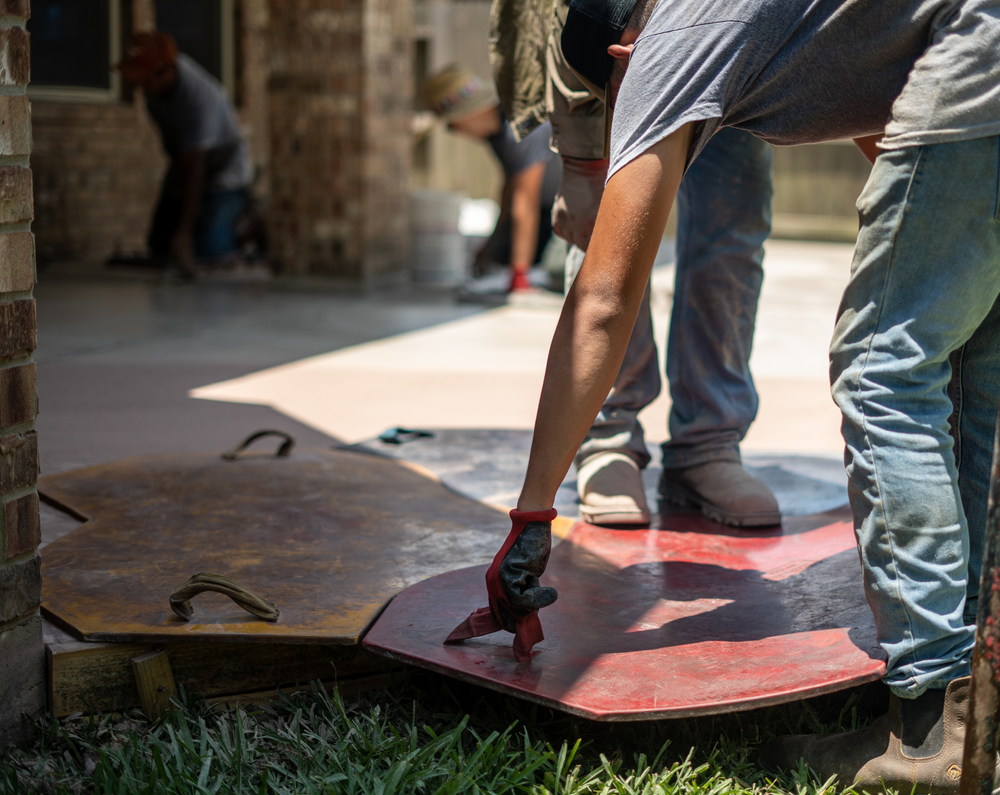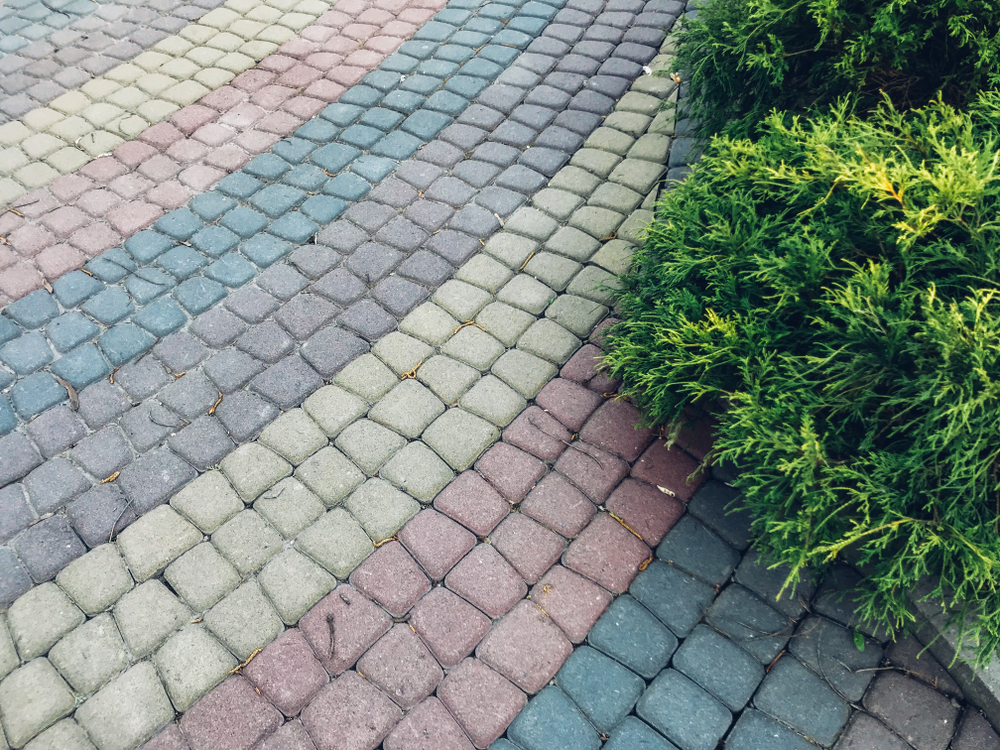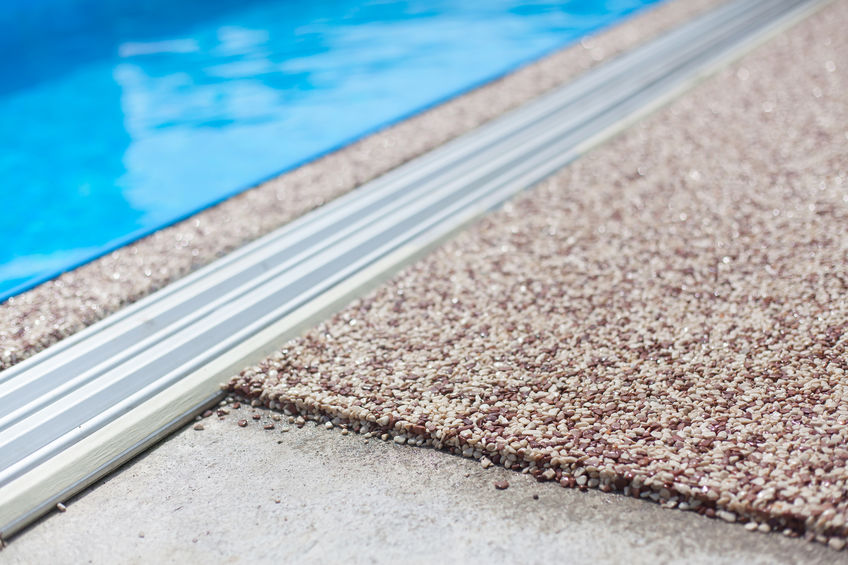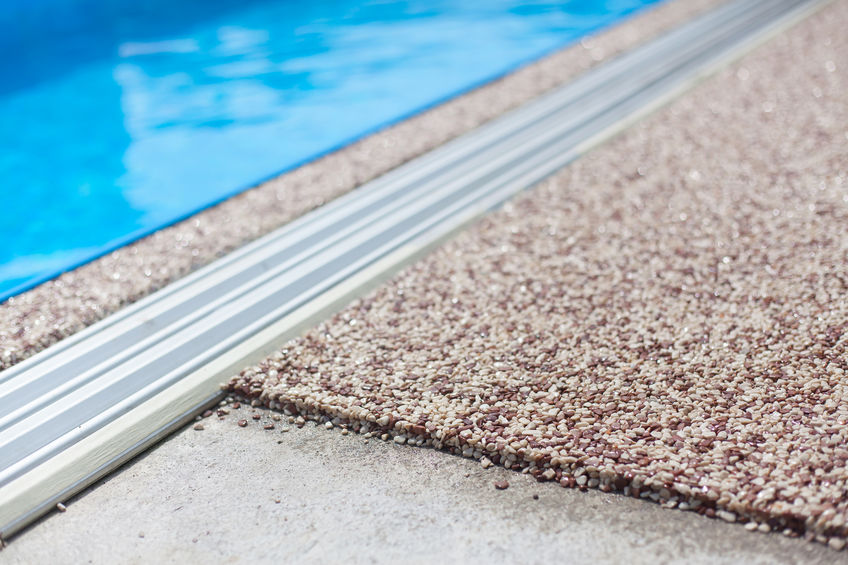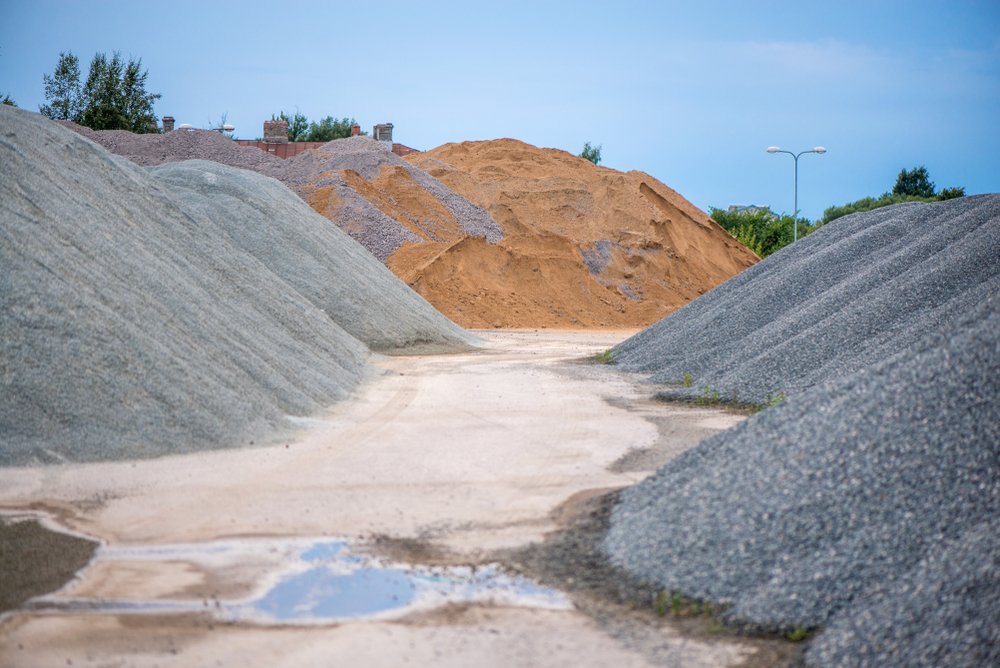Known for its immense strength, durability, and endurance, concrete is the number one building material in the world. It’s been used for centuries and can last for thousands of years.
There are several different types of concrete, but today we’re going to take a look at precast and its many uses.
What is precast concrete?
Precast concrete is formed using a mold and is often used to create columns, beams, or parking curbs. It can be produced in mass quantities due to specifications and codes that are already established. This building process is extremely efficient, allowing for hundreds of large structures to be built in just a few weeks.
The purpose of precast and its many uses
Precast concrete is built above the ground and can be used to stabilize large pieces of earth or hold back dirt. This makes it a great choice for building large retaining walls or smaller retention ponds.
Three-sided bridges and box culverts for marshland and stream crossings also call for precast concrete. A strong material is particularly essential for structures like these. Otherwise, traveling over this type of land would be impossible without damaging the environment.
In certain cases, custom pieces can even be made to meet your unique needs; for example, creating a vault using more than one piece when preexisting blockages are in the way. In these circumstances, individual precast panels are constructed and the vaults are then pieced together in place. Other custom examples may include railroad crossings or boat ramps.
Precast concrete is also used to construct buried infrastructure like catch basins, manholes, and vaults. These structures can be used to house telecommunication or electrical junction boxes, move storm water or sewage, and retain water.
Understanding the benefits
One of the biggest perks of precast concrete is that it’s ready to install when you are. This is one of the main shortcomings of site-casted concrete, because weather can delay the pour. Because precast concrete is created within a controlled environment, this is not an issue.
Another major benefit is the fact that strength-testing has already occurred before delivery day. Site-casted concrete, however, requires extra time and effort on the day of the pour to add rebar, set forms, and monitor the product.
When it comes to the production of precast concrete, the process alone is extremely sustainable. At Port Aggregates, all of our concrete products are made with the highest quality materials. It’s why we’ve been trusted for over 40 years! Contact us today to request a quote
The post What can Precast Concrete be Used For? appeared first on Port Aggregates.
